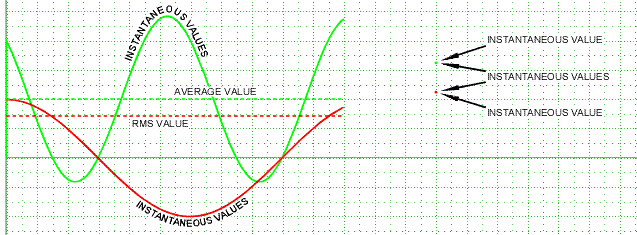Ouch - what a deep cutting zinger. I don't agree with you , therefore I don't understand. Okay, I can deal with you thinking that.
...
And another zinger. Oh my goodness, you are sure putting me in my place.
:grin: Nice to see you can see the lighter side of discourse as well as Smart$ and Rattus and some of the others that have posted in this long thread. A prima-donna would take things too personal too quick and I'm glad y'all are not like that. I have enjoyed reading through the thread and while I think their have been some pointed arguments, I don't think any of the posters mean any ill will to the others. I'm glad y'all can have a passionate debate without folks getting their knickers in a twist.
It is tough to convey everything you mean with just a few typed words so we sometimes over-emphasize to focus attention on certain key areas of communication or points we hope the other will expand upon. If we were face-to-face we would use facial expressions and voice tones but we don't have that luxury here. Anyway, I commend the players for not being over-sensitive and continuing to debate the points they are supporting.
Maybe some learned person could cite an authoritative reference that dictates that the Watt is the only appropriate unit for the vi product instead of merely repeating the claim.
You would need two authoritative references because there are two things being debated: "instantaneous" vs. "any one instant".
Bes is right that the power at any one instant is watts. The power is rate at which the energy is being absorbed (or delivered). It may be stored in an eletric field, magnetic field or dissipated but it is the rate at which energy is being absorbed by the load at that instant.
Smart$ is also right in that over time, we can see what energy is absorbed over time and what energy is delivered over time by the load. Over time, we can distinguish the watts that show the rate at which energy is being dissipated by the load and the watts showing the rate at which energy gets absorbed/returned. We can then label the "returned watts" using the energy exchange rate of vars. Same fundamental units for both, but we label them differently based on what happens to the energy over time.
Even if we have a steady-state value for vars, if we isolate the load at the right instant, some of the energy that was previously being returned every 1/2 cycle would be dissipated by the load. Then, what we previously thought was reactive power would actually be real power. In other words, the energy we stored in the electric or magnetic field would ultimately be consumed by the load.
Even so, the curves we plot are, as Smart$ stated, plots of the instantaneous values and we can calculate the instantaneous value at any point by using the equations. We can separate these into the instantaneous real power and instantaneous reactive power.
I have references covering both sides of the discussion but it should not take a list of reference to see both sides. I see no point in squaring off and saying the other side does not exist.
I will say that very little we deal with reacts in an "instant" so we are usually concerned with the energy over some discrete interval of time. That does not mean we can't discuss the instantaneous power, regardless to how we have classified it or if we have separated it into some component parts. That is no different than separating the current into its component parts (in-phase and leading/lagging component).

